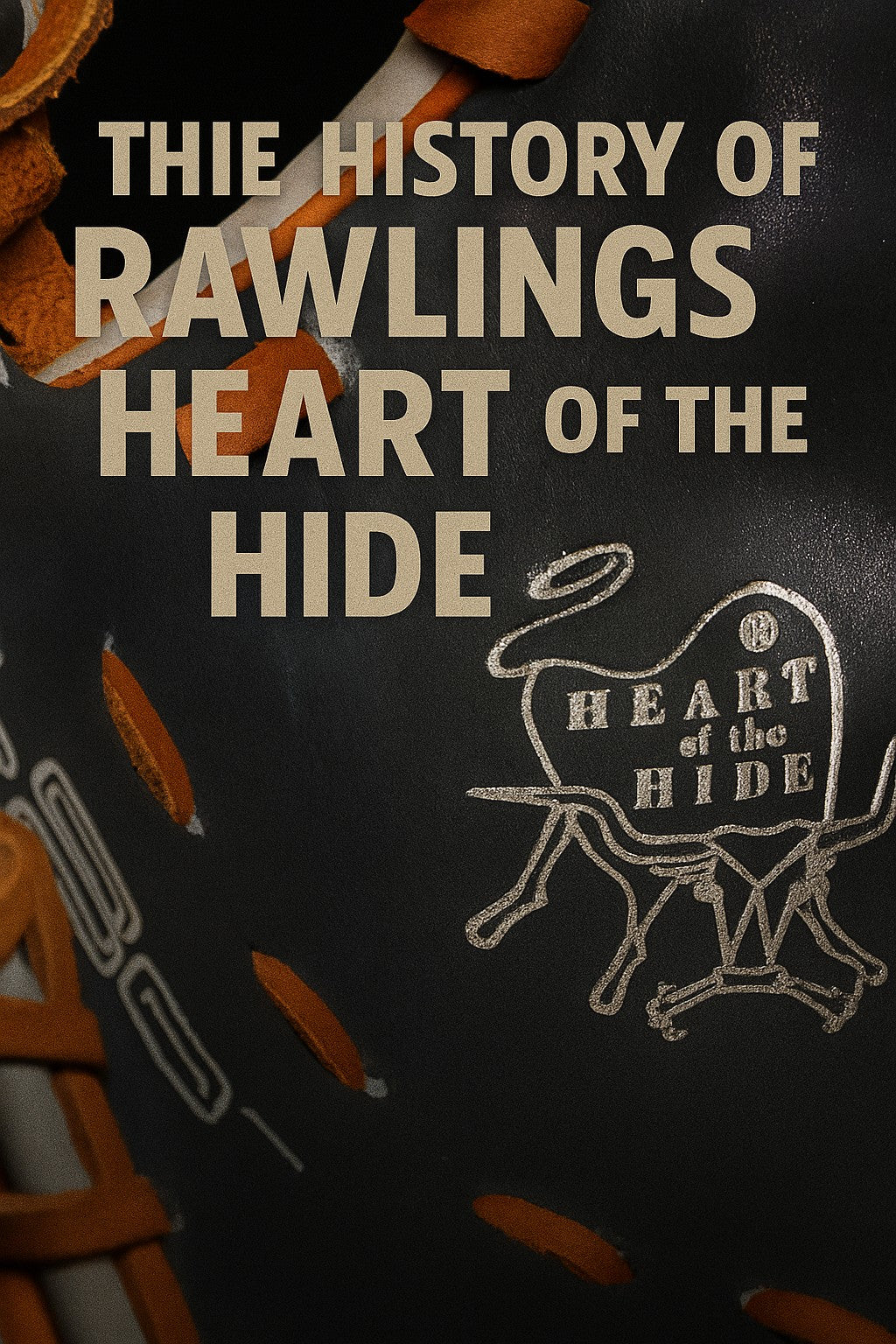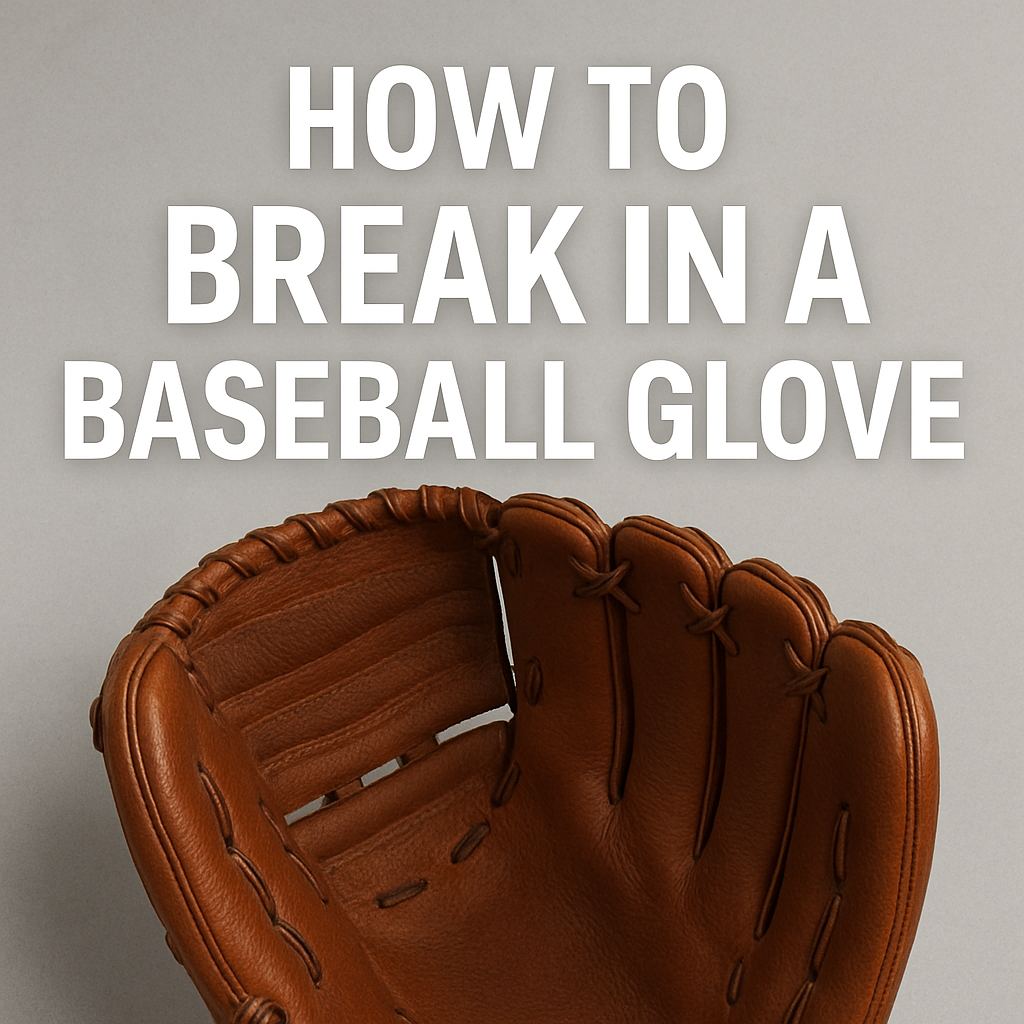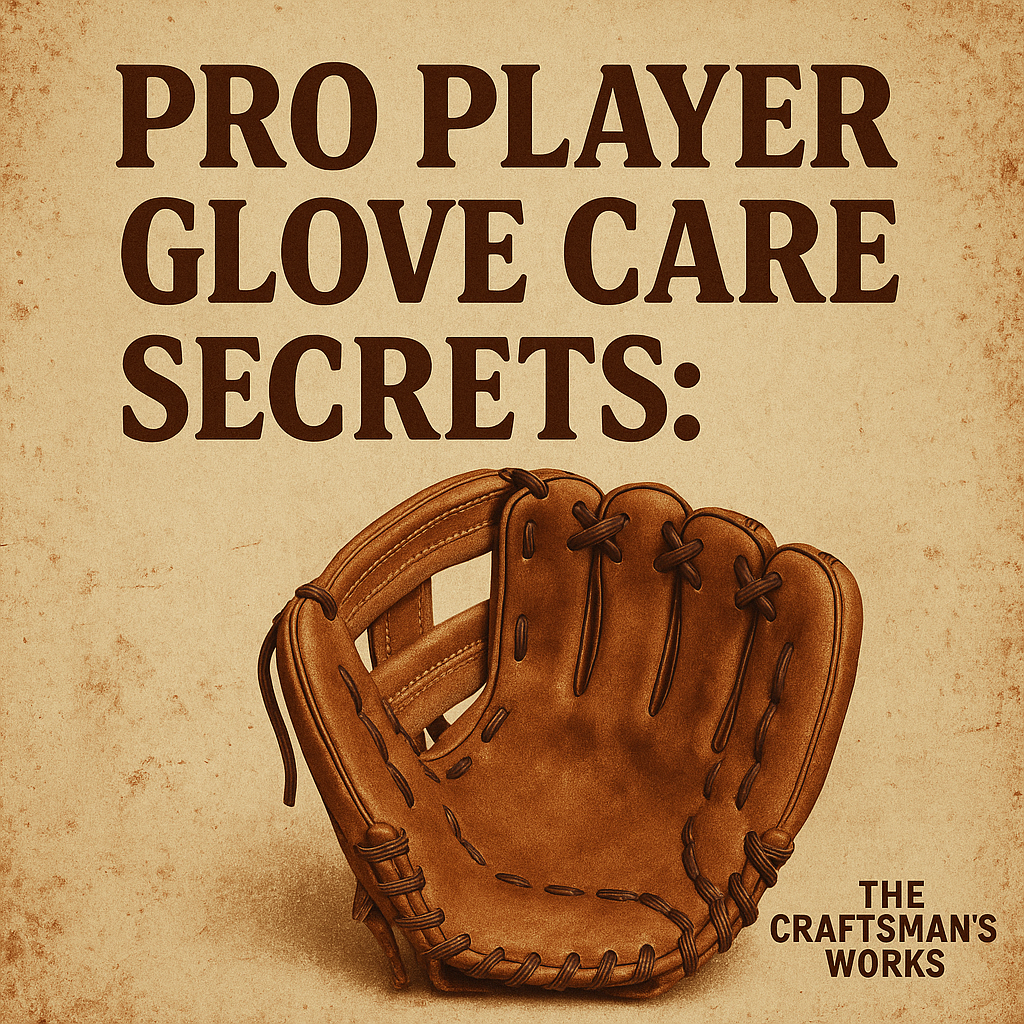
The Legacy of Rawlings Heart of the Hide: A Glove Through the Ages
The Legacy of Rawlings Heart of the Hide: A Glove Through the Ages
In the long history of baseball, few pieces of equipment have achieved the mythic reputation of Rawlings’ Heart of the Hide glove. For generations, the name has stood as a shorthand for quality, toughness, and the kind of craftsmanship that turns a glove into something more than leather and laces. To understand the story of Heart of the Hide, you have to go back to its roots, not just in glove design, but in the very hides from which it is made.
The Leather That Changed the Game
By the mid-20th century, Rawlings had already carved its place in baseball history. The company’s breakthrough came decades earlier in 1919, when Bill Doak, a spitball pitcher for the St. Louis Cardinals, suggested adding a web between the thumb and forefinger of a glove. That idea transformed the glove from little more than padded protection into an essential defensive weapon. Rawlings seized on the design and became a leader in the growing market.
When the Heart of the Hide line was officially introduced in 1958, Rawlings set it apart with a promise: these gloves would be crafted from the very best cuts of leather, literally the “heart” of the hide, the dense, sturdy section along the back of the steer. Unlike softer or looser-grained areas, this part of the hide could stand up to the pounding of a baseball day after day, season after season. The feel was stiff at first, demanding patience and persistence from its owner, but once broken in, a Heart of the Hide glove became a faithful companion that could last for years. (Want to learn the proper way to break in a glove: How to Break in a Glove)
The 1960s: A Star Is Born
In the 1960s, Rawlings began pushing Heart of the Hide as its flagship line, and it didn’t take long for the gloves to make their way onto major league fields. Players like Mickey Mantle and Brooks Robinson slipped their hands into Heart of the Hide leather, bringing the brand an aura of credibility money couldn’t buy. Robinson, known as the “Human Vacuum Cleaner” at third base, trusted his HOH glove as he turned impossible plays into routine outs.
One of the earliest standouts was the PRO-6, a 12-inch glove that became a favorite for Robinson and other third basemen of the time. With its deep pocket and solid web, it gave corner infielders the control they needed against screaming line drives.
The 1970s: Cementing a Reputation
By the 1970s, Heart of the Hide was synonymous with defensive excellence. Stars like Johnny Bench, widely regarded as one of the greatest catchers in baseball history, strapped on an HOH mitt. Bench’s use of the glove was a subtle endorsement: if Rawlings could produce a catcher’s mitt sturdy enough for the daily grind behind the plate, it could hold up anywhere on the diamond.
At third base, Mike Schmidt favored the PRO-1000 series, a glove line that became almost as legendary as the players who wore it. With its extra stiffness and bold, squared-off pocket, the 1000 series became the standard for hot-corner defenders throughout the decade.
The 1980s: A Household Name
The 1980s saw Heart of the Hide become a household name, not just for players, but for kids who saved up months of allowance to buy one. Shortstops like Ozzie Smith, the Wizard of Oz, relied on his HOH to pull off defensive magic night after night.
This era also saw the rise of specialized outfield patterns like the PRO-303, a glove with a deep pocket and H-web that gave outfielders confidence chasing down balls in the gap. Players like Tony Gwynn and Kirby Puckett helped popularize these larger, outfield-specific designs.
The 1990s and 2000s: Reliability Redefined
As baseball entered the 1990s, Cal Ripken Jr. embodied the Heart of the Hide ethos. His ironman streak wasn’t just about showing up every day, it was about being prepared with equipment that wouldn’t let him down. Ripken trusted the PRO-6HF, a modified version of the classic PRO-6, tailored to his precise specifications at shortstop.
By the 2000s, players like Derek Jeter became the face of Rawlings. Jeter’s PRODJ2 model, a simple, understated 11.5-inch glove with a basket web, became one of the most recognizable signature gloves of the era. Like Jeter himself, the DJ2 was reliable, durable, and made for making tough plays look routine.
The Modern Era: The Arenado Standard
Today, Heart of the Hide continues to dominate Major League diamonds. One of the most sought-after signature models belongs to Nolan Arenado, arguably the best defensive third baseman of his generation. His PRO-PRON5 pattern, built on the classic 12-inch 200 pattern with a deep pocket and H-web, has become the modern heir to the Robinson and Schmidt gloves of decades past. Arenado’s game is a direct reflection of what HOH promises: confidence, control, and craftsmanship.
Other stars, like Francisco Lindor and Kris Bryant, have their own signature HOH gloves, showcasing how Rawlings continues to blend tradition with personalization for today’s players. The leather remains the same premium steerhide it always has been, but the colors, lace styles, and subtle tweaks to pocket depth or webbing reflect the individuality of modern baseball.
The Enduring Symbol of Excellence
Even as Rawlings experiments with futuristic designs like the REV1X or adds lighter materials with Hyper Shell, the foundation of Heart of the Hide has never changed. The leather still comes from the best cuts of steerhide. The break-in still demands patience and dedication. And the payoff is still the same: a glove that molds to your hand, becomes part of your identity, and often lasts far longer than the career of the player who first wore it.
From Mickey Mantle to Brooks Robinson, Johnny Bench to Derek Jeter, and Nolan Arenado to the stars of today, Heart of the Hide has passed through the hands of legends for over six decades. More than just a glove, it is a piece of baseball history that continues to grow with every inning played.


